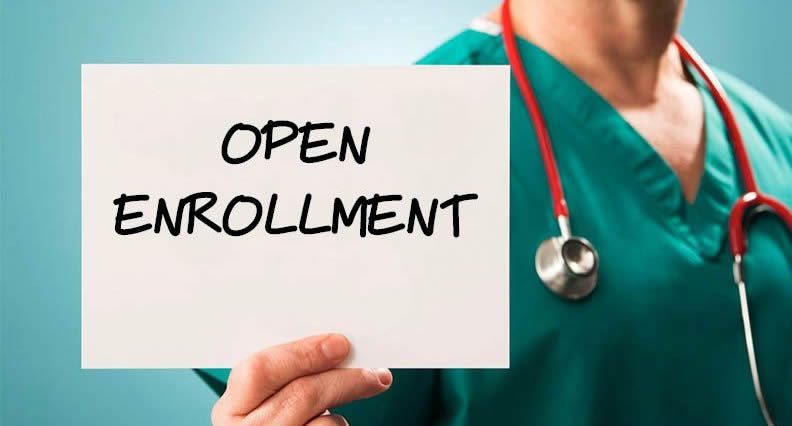
- Trump’s administration has slashed the marketing and navigator budget for Healthcare.gov this year, this means that they have fewer people to help members of the public enrol. Although this doesn’t mean much for private suppliers, the assistance for helping people recognise and enrol in Medicaid is significantly lower.
- According to research carried out by the Kaiser Foundation, premium prices are scheduled to go up. The increases range from around 7 to 36 percent depending on your location and bracket.
- More insurers have joined the Open Enrollment proceedings, meaning that you’ll have more options when it comes to switching. They are joining the exchanges in Florida, Arizona, Maine, Iowa,Michigan, Massachusetts, New Mexico, Missouri, North Carolina, and a number of other states.
- Most mainstream and popular plans will cover the same things. All your health benefits will be covered and cared for.
- There won’t be a penalty for not being covered, but remember that going without cover with or without a penalty is not wise at all.
- Don’t rely on the current government to advertise Open Enrollment.
Why does Open Enrollment exist?
Open Enrollment exists because, if it didn’t, people would only enrol or change when they got into an accident. If this was the case, health insurance companies would be able to charge obscene amounts of money for cover simply because they would know people would be in an emergency.
Making sure there is one set amount of days that people can purchase their health insurance, change or rearrange it, makes sure that there is a fair balance in terms of the amount it costs. It forces insurers and also the state to somewhat compete with each other to give the best deal to the public.
What do I do if I already have cover?
If you already have cover with an insurance or the state, you will be automatically re-enrolled. But be warned, it’s always useful checking your plan every year. This is because your plan may change slightly, or the amount you pay might have increased. If you don’t maintain an awareness of the details of your account, you may end up paying more than you want to. Keeping an awareness of your spending on health insurance means that you can switch when needed to get a better deal elsewhere.
What states have enrollment windows?
Some states have their own specific windows in which they allow enrollments. If you live in any of these states, you need to be aware that the enrollment window may differ from the official one. Here is healthinsurance.org’s official list of states with unique enrollment windows:
- California: October 15-January 15
- Colorado: November 1-January 15
- Massachusetts: November 1-January 23
- Minnesota: November 1-January 13
- New York: November 1-January 31
- Rhode Island: November 1-December 31
- Washington D.C.: November 1-January 31
What happens if I don’t have health insurance or a health plan in place?
If you do not have any means of health insurance in place and are not insured by the state, or as part of your job’s health plan then it’s bad news for you! This is because, although it may seem like an extra cost for nothing, health insurance keeps us safe. If you were to get injured, sick or anything similar, you wouldn’t have any means of backing up the payments that come with surgery, medications or treatment whatsoever. This means that you would have to pay your medical bills out of your own pocket, and no matter what you would have to get, it’s all incredibly expensive. You don’t want to be paying out expansive amounts of money for medication and treatment that you need year on year.
That is why it’s best to get cover via the state, your job or an insurer as they can cover or subsidize some of the cost.
Disclaimer: Our service is not intended to be, nor should it be construed as financial advice. We help our readers make informed decisions via impartial information and guides. Where appropriate, we may introduce partner companies who can provide services relating to financial products.